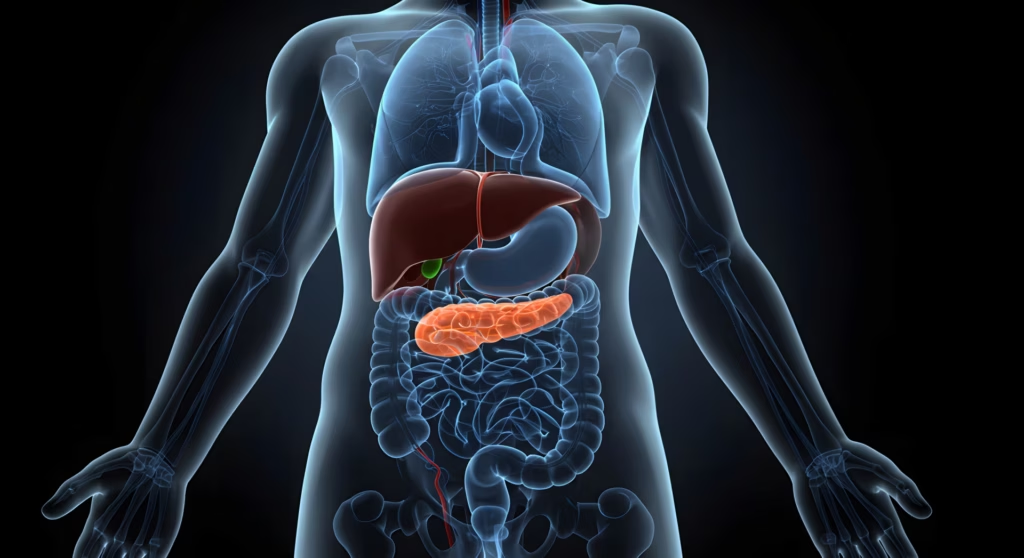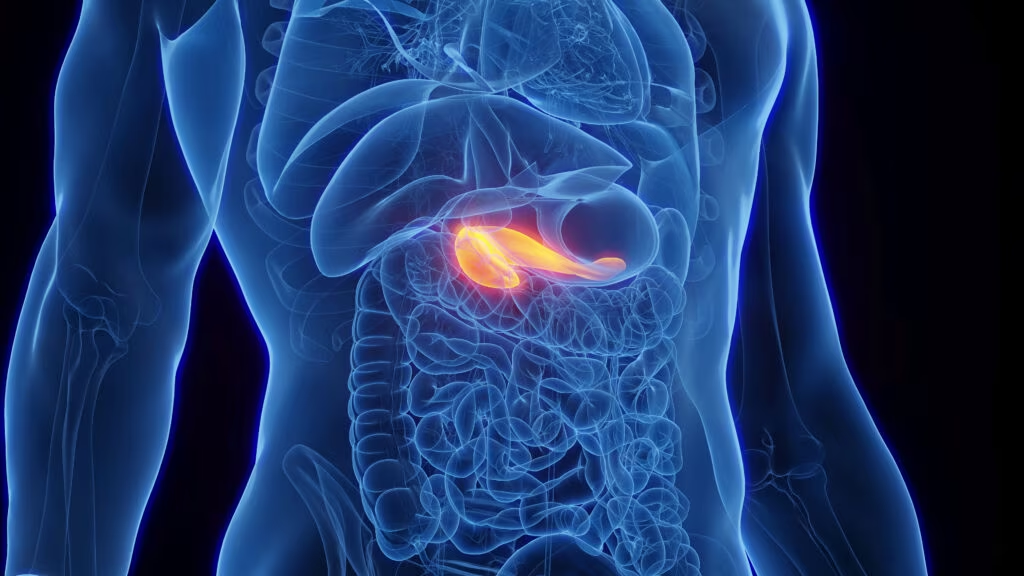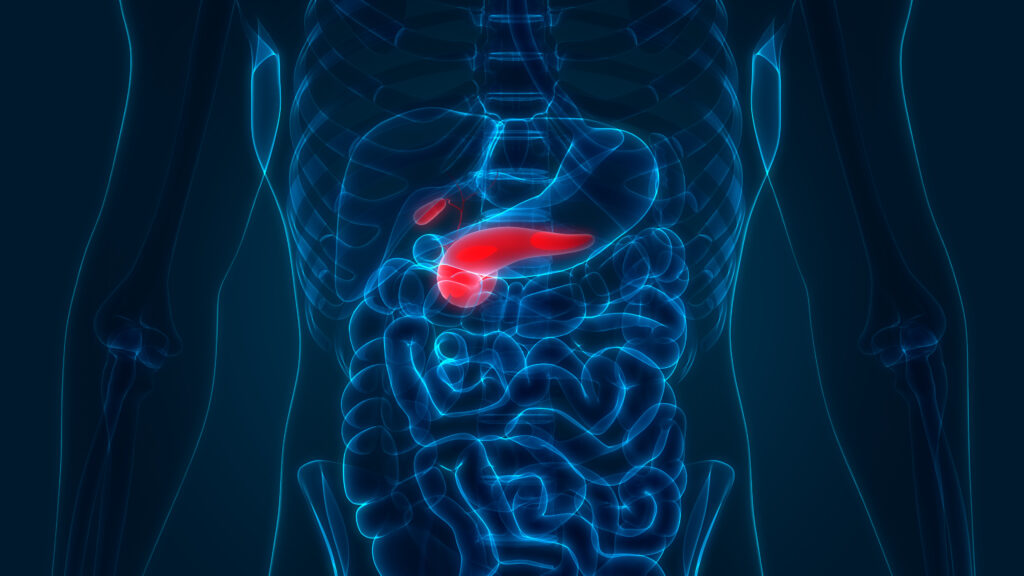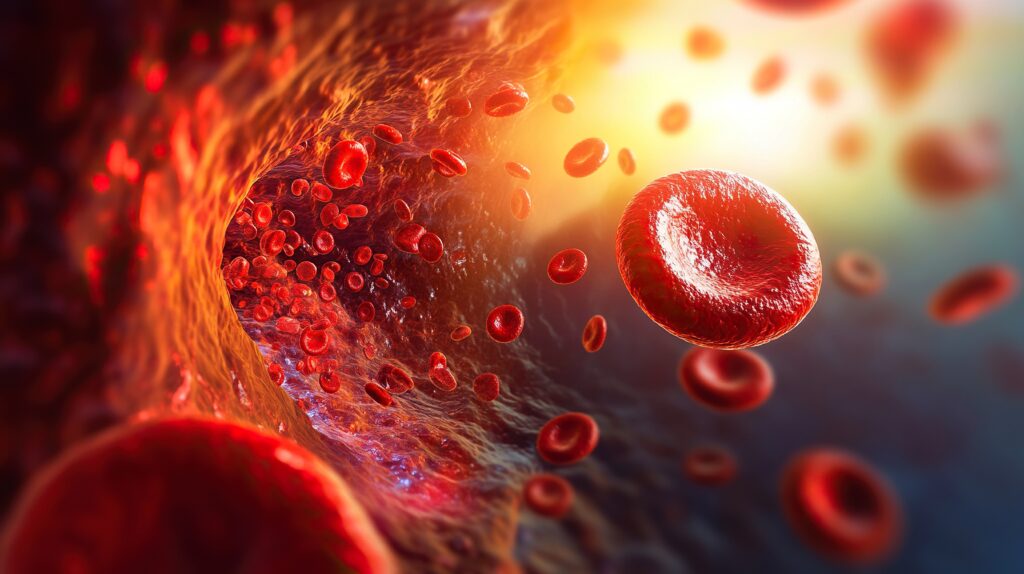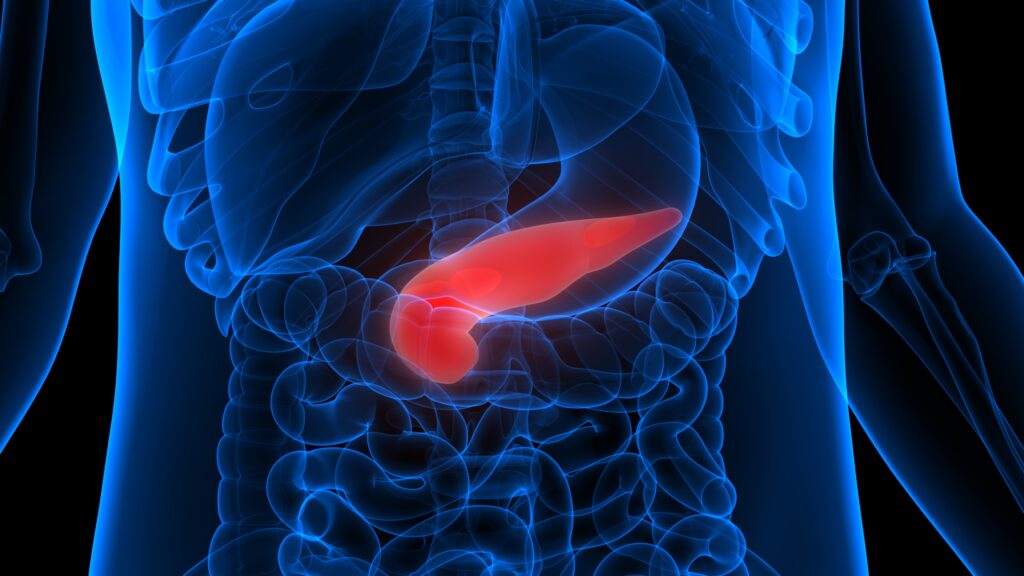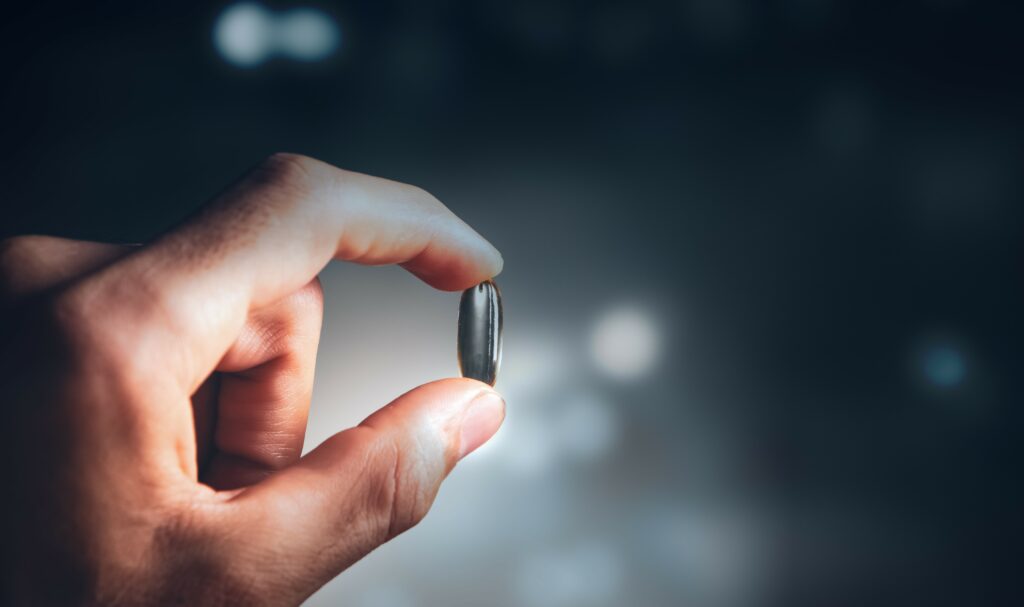Cardiovascular autonomic neuropathy (CAN) is the most frequent complication of diabetes and one of the major components of diabetic dysautonomia. CAN occurs early in the course of diabetes, and several pathophysiological factors are involved. It is associated with an impairment in cardiovascular prognosis. Cardiac autonomic function should be assessed in most diabetic patients as it contributes to the evaluation of cardiovascular risk. The presence of CAN should lead to further awareness of possible complications and optimal control of risk factors.
Pathophysiology
Cardiovascular autonomic neuropathy (CAN) is the most frequent complication of diabetes and one of the major components of diabetic dysautonomia. CAN occurs early in the course of diabetes, and several pathophysiological factors are involved. It is associated with an impairment in cardiovascular prognosis. Cardiac autonomic function should be assessed in most diabetic patients as it contributes to the evaluation of cardiovascular risk. The presence of CAN should lead to further awareness of possible complications and optimal control of risk factors.
Pathophysiology
As for peripheral neuropathy, both metabolic and vascular mechanisms are probably involved in the pathogenesis of diabetic CAN. Metabolic changes consecutive to chronic hyperglycaemia include polyol pathway activation, oxidative stress, accumulation of advanced glycated endproducts, proteine kinase C activation and impairment of essential fatty acid metabolism. As for the role of microvascular factors, reduced endoneurial blood flow and oxygen tension, endothelial dysfunction, increased capillary permeability that may induce endoneurial oedema and rheological changes have been shown in experimental diabetes. In addition, oxidative stress may be the link between the metabolic and vascular hypotheses.1 Malnutrition may also be implicated, as suggested in Asian populations.2 Carbohydrate intake may also impair vagosympathetic balance.3 Finally, in patients with type 1 diabetes, several studies stand in favour of immunological factors.4
Prevalence and Determinants
Prevalence rates of CAN vary depending on the population studied and the different diagnostic tools used. Postural hypotension is a severe consequence of CAN and now affects fewer patients due to the improved management of diabetes.5,6 When considering subclinical CAN as defined by reduced heart rate variations during standard tests, the prevalence of CAN is markedly higher.6,7, Around 50% of patients with either type 1 or type 2 diabetes exhibit at least one abnormal CAN function test.6 Moreover, subclinical CAN is an early diabetic complication.6,8 The impact of long-term poor glycaemic control on the development of CAN is supported by follow-up and interventional studies.5,9 In the Diabetes Control and Complications Trial (DCCT) Research Group, intensive insulin therapy slowed the progression and development of abnormal autonomic function.9 In patients with recently diagnosed type 2 diabetes, intensive treatment including diet changes and physical exercise over a 15-month period was shown to significantly improve heart rate variability (HRV) tests.10 HRV tests need to be interpreted according to age. When age is taken into account the prevalence rate of CAN does not seem to be influenced by it, while alterations of these tests correlate with diabetes duration.6
Bodyweight is likely to play a major role in the development of CAN in patients with type 2 diabetes. Indeed, in a French epidemiological study including 396 patients (245 with type 1 and 151 with type 2 diabetes) CAN was associated with obesity independent of age and diabetes duration.6 The role of obesity is supported by the high prevalence of cardiac autonomic dysfunction in non-diabetic obese people,11 in particular in those with abdominal adiposity12 and in those with severe metabolic syndrome. Similarly, significant correlations were found between CAN and blood pressure and triglyceride levels and lower highdensity lipoprotein (HDL)-cholesterol levels in type 1 diabetic patients.5,13 These data suggest that CAN is associated with an increased cardiovascular risk profile in both type 1 and type 2 diabetes. Nevertheless, such associations are also consistent with CAN playing a role in the impairment of cardiovascular prognosis in patients with the metabolic syndrome.
Symptoms and Signs
Resting tachycardia due to parasympathetic damage is one of the most typical signs of CAN. Large epidemiological studies have shown that tachycardia is a major risk factor for cardiovascular death.14 However, 24-hour electrocardiogram (ECG) recordings indicate that heart rate is not persistently accelerated in patients with CAN and that insulin treatment may be involved in some patients with resting tachycardia.15 Some patients with postural hypotension complain of dizziness, faintness or visual impairment upon standing. The same symptoms may occur two to four hours after meals and may result from post-prandial hypotension in relation to sympathetic defects.16
Silent myocardial infarctions are more frequent in diabetic patients. The link with CAN is not clearly established but is supported by some necropsic findings.17 CAN may also contribute to severe ventricular rrhythmias by lengthening QT interval. The role of CAN in hypoglycaemic unawareness should be evoked when symptoms related to adrenergic response (e.g. sudation, tachycardia) are lacking.18 Ankle oedema is another clinical feature of CAN due to a defect in sympathetic activity that reduces peripheral vasoconstrictive tone and secondarily induces an increase in blood flow and capillary filtration of albumin.19
Pathogenic Potential
CAN is associated with a high risk of sudden death. Cardiorespiratory arrests during or immediately after anaesthesia have been reported. A recent meta-analysis has estimated the relative risk of mortality associated with CAN at around 3.45 when defined by at least two abnormal HRV tests and 1.20 when defined by one abnormal test.20 Several mechanisms may account for the impaired cardiovascular prognosis. A relationship between CAN and prolongation of corrected QT interval is well demonstrated, and this substantiates the risk of cardiac arrhythmia and sudden death.21,22 More precisely, CAN alters the heart rate dependence of ventricular repolarisation on day and night, with higher values of QT interval for the same heart rate during the night than during the day.23
There is some controversy regarding the relationship between CAN and silent myocardial ischaemia.24 However, interestingly, in a prospective study we found that event-free survival of diabetic patients with or without silent myocardial ischaemia was lower in patients with CAN. Furthermore, a major cardiovascular event occurred in 50% of diabetic patients with both CAN and silent myocardial ischaemia.25 In addition, sympathetic innervation plays a major role in the control of coronary blood flow and vasodilative reserve.26 In diabetic patients with angiographically normal coronary arteries, the increase in coronary blood flow in response to sympathetic activation (elicited by a cold pressor test) is often altered and predicts major cardiac events.27 In accord, a defect in cardiac sympathetic innervation is associated with a defect in regional coronary blood flow and coronary reserve.28,29 However, the relationship between CAN and coronary artery disease is intricate, as HRV is decreased in patients with coronary disease and decreased HRV has been shown to be a powerful predictor of cardiac mortality after myocardial infarction.30 CAN is associated with a loss of day and night variations in blood pressure and a loss of nocturnal dipping phenomenon.31 As a result, diabetic patients with CAN, even if normotensive, exhibit an increased left ventricular mass secondary to higher heart post-load.32 Haemodynamic response to a stress exercise test on a bicycle33 and similarly to an isometric stress test (handgrip)34 is altered in diabetic patients with CAN who are free of ischaemic heart disease. Moreover, CAN may impair systolic left ventricular function at rest and during exercise.35
A relative sympathetic hyperactivity due to a predominant parasympathetic neuropathy may be one major contributive factor to hypertension in diabetic patients. Furthermore, in a cross-sectional study we recently observed that the combination of CAN and hypertension was associated with a higher rate of macro- and micro-vascular complications (unpublished data). CAN may also contribute to an increase in artery rigidity, a cardiovascular risk factor. In particular, in hypertensive type 2 diabetic patients we found a significant positive correlation between pulse pressure, an index of artery rigidity and vascular sympathetic activity estimated by spectral analysis of systolic blood pressure variations.36 Bearing in mind the disorders associated with diabetic CAN should help in particular in the interpretation of 24-hour heart rate and blood pressure recordings and haemodynamic responses to exercise test. Finally, in a French epidemiological study, CAN prevalence was higher in patients with retinopathy, and the alterations of CAN function tests correlated significantly with urinary albumin excretion rate.6 This suggests that CAN may be considered as a marker of microangiopathic complications. However, a relative sympathetic predominance might alter microcirculation and play a role in the development and progression of these complications.
Diagnosis
Symptoms may be important and alter quality of life, but they are difficult to evaluate and attribute to CAN as they are often non-specific. A battery of five non-invasive tests proposed by Ewing and Clarke37 includes analysis of HRV in response to deep breathing, standing and the Valsalva manoeuvre and analysis of blood pressure responses to standing and sustained handgrip. These tests are easy to carry out, except for the Valsalva manoeuvre and handgrip test in some patients. The Valsalva manoeuvre should not be performed in patients with severe retinopathy. HRV tests are reproducible.38 Several national and international guidelines39–41 recommend looking for postural hypotension and analysing HRV at least during deep breathing and standing tests in every type 1 diabetic patient within five years of diagnosis and in every type 2 diabetic patient at the time of diagnosis. The guidelines also recommend repeating these tests annually.
Diagnostic criteria for postural hypotension are controversial. However, a fall in systolic or diastolic BP one minute after standing up of >20mmHg or >10mmHg, respectively, may be considered abnormal. Presence of postural hypotension indicates sympathetic neuropathy. As for HRV tests, they account mainly for parasympathetic activity. They must be interpreted according to age6,42 (see Figure 1). Parasympathetic neuropathy may be considered as mild, moderate or severe when one, two or three HRV standard tests are abnormal, respectively.6 Other investigations – including spectral analysis of BP and heart rate variations, evaluation of baroreflex sensitivity or study of myocardial innervation using labelled ligands – can be used in research perspectives but not in routine daily practice.
Treatments
Pathogenic treatments are still expected. Several trials testing a number of aldose reductase inhibitors and PKC inhibitors have been performed and all were disappointing. Some trials were positive using alpha-lipoic acid, an anti-oxidant agent43 or C peptide administration,44 but none of them was convincing enough to gain approval for CAN treatment. Intensive diabetes therapy resulting in glycated haemoglobin (HbA1c) levels of ≤7% should be achieved to prevent or slow the progression of CAN as for all the diabetic complications. However, this needs to be done more cautiously in patients with hypoglycaemic unawareness.
Nutritional factors may be considered. Vitamin B deficiency should be compensated and may provide some improvement in nerve function.45 In type 2 diabetic patients, an improvement in lifestyle and a reduction of bodyweight can improve cardiac autonomic function. In patients with CAN, treatments that lengthen QT interval should be avoided due to the risk of inducing severe ventricular arrhythmias. As for postural hypotension, the first step consists of stopping some drugs such as diuretics. Physical therapy treatments such as elastic stockings are efficacious in some cases. Pharmacological treatments include fludrocortisone 100–300μg/day, dihydroergotamine or the alpha-1 agonist midodrine, but must be used cautiously in hypertensive patients.


